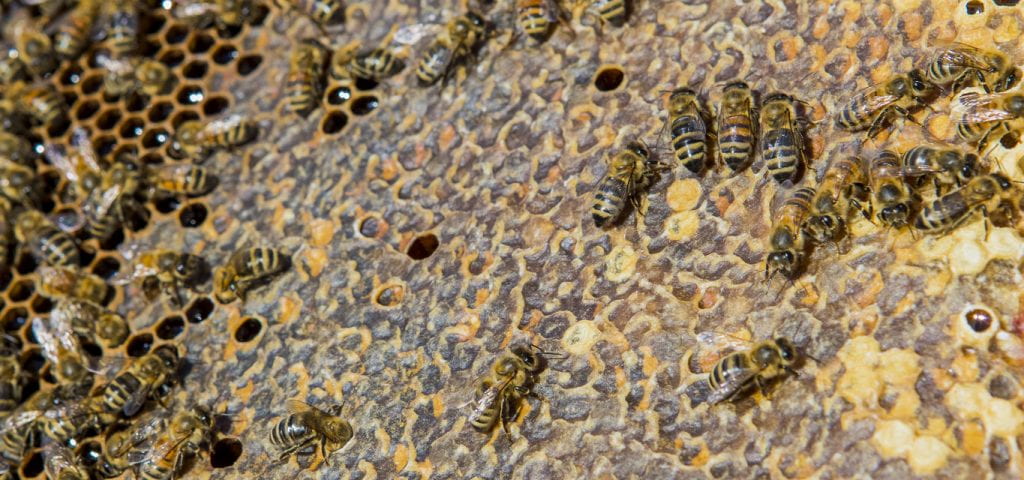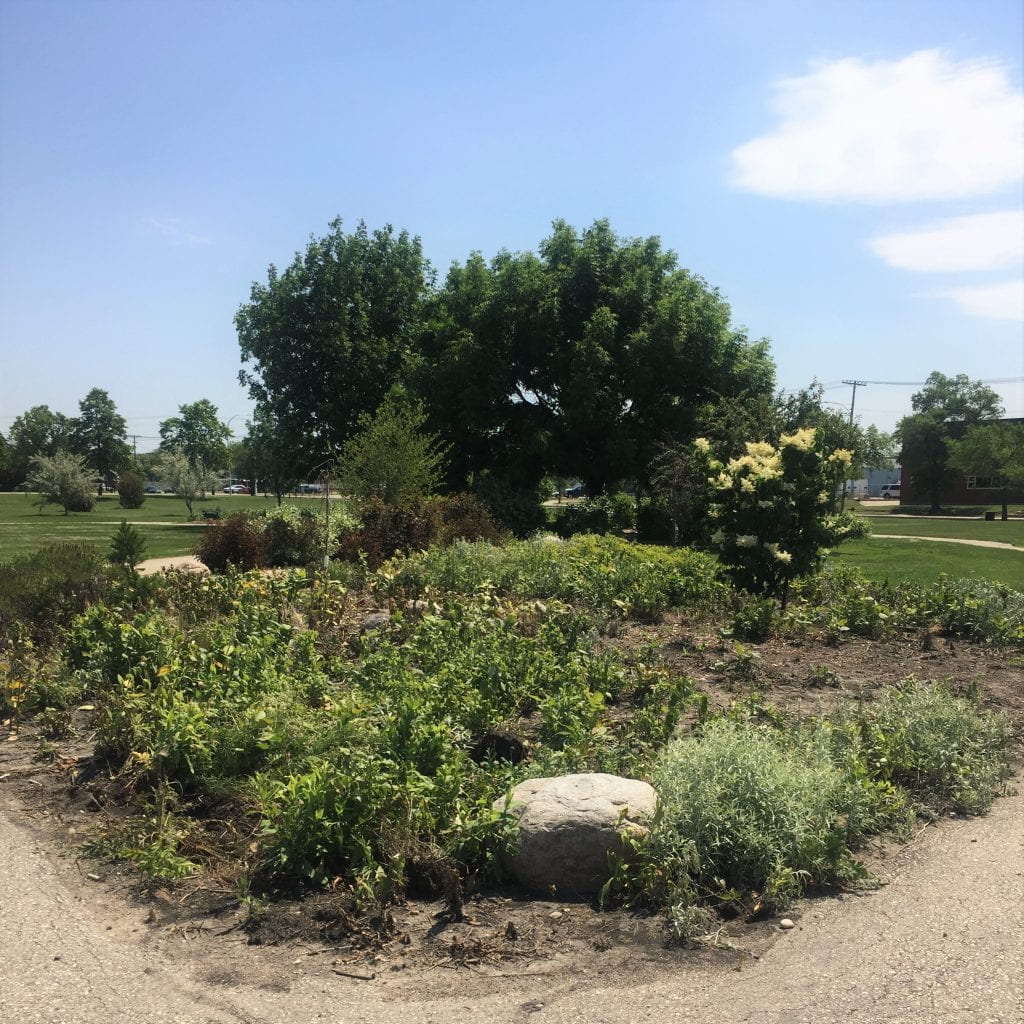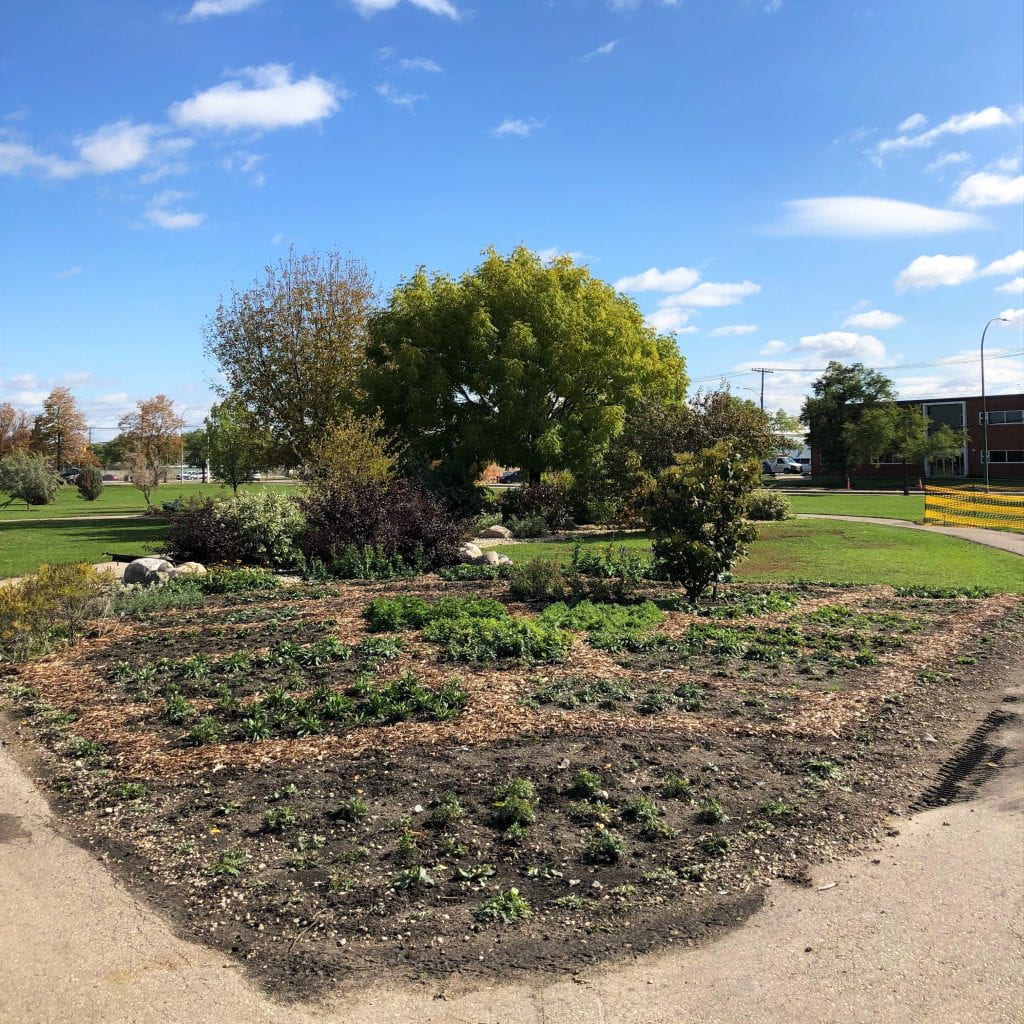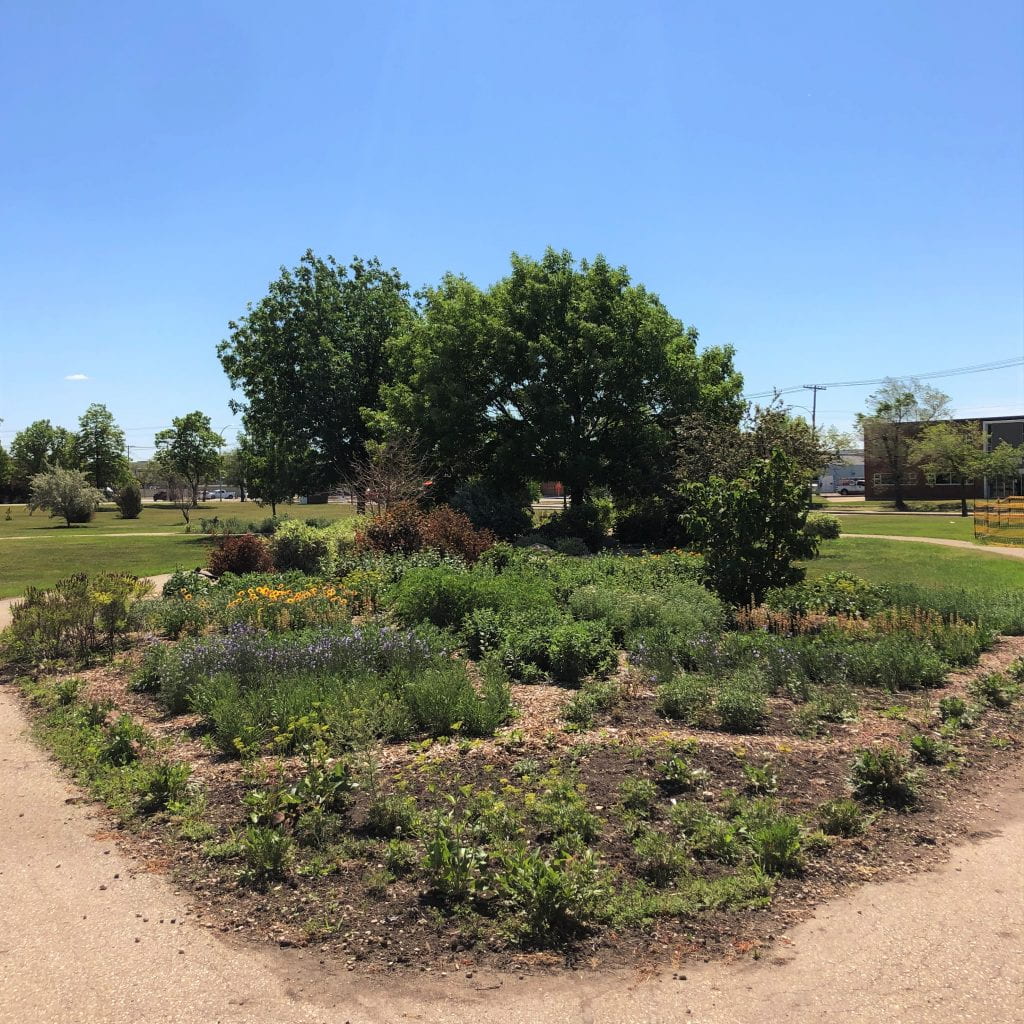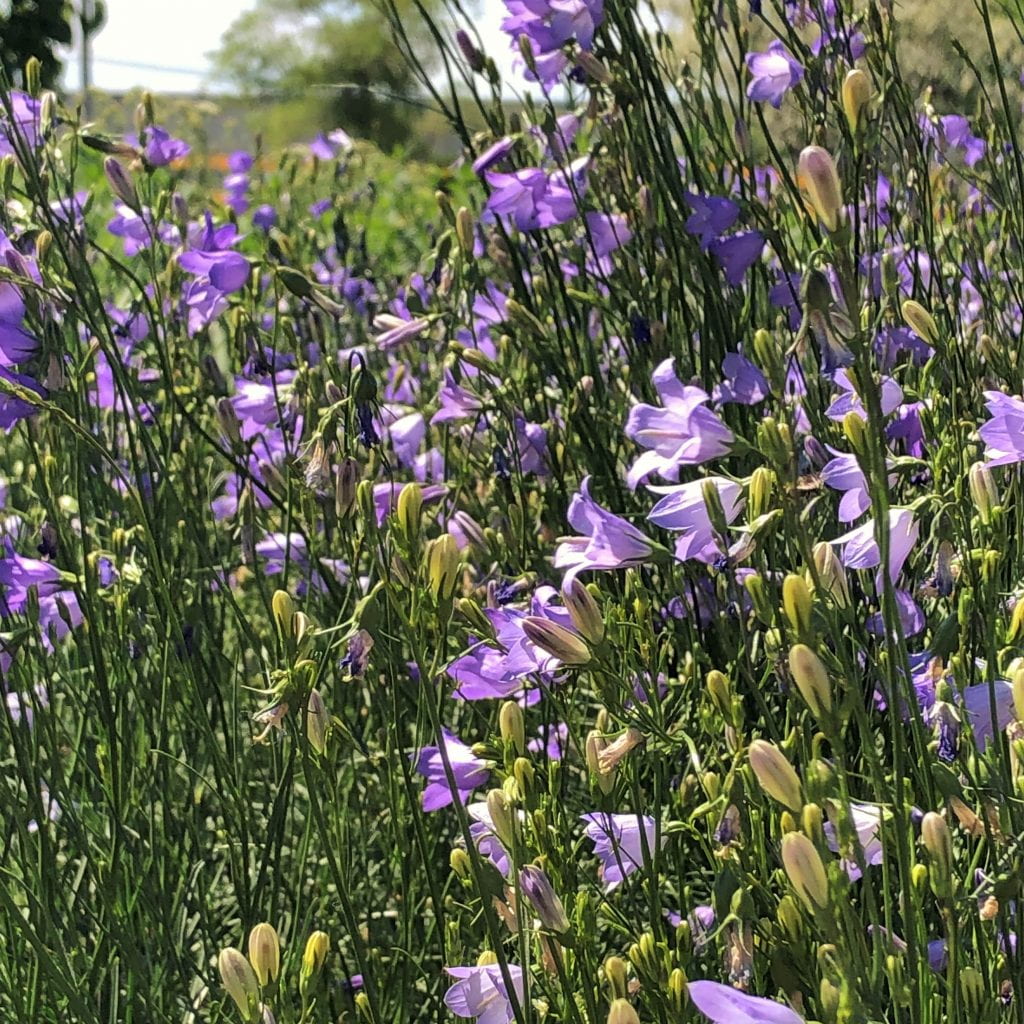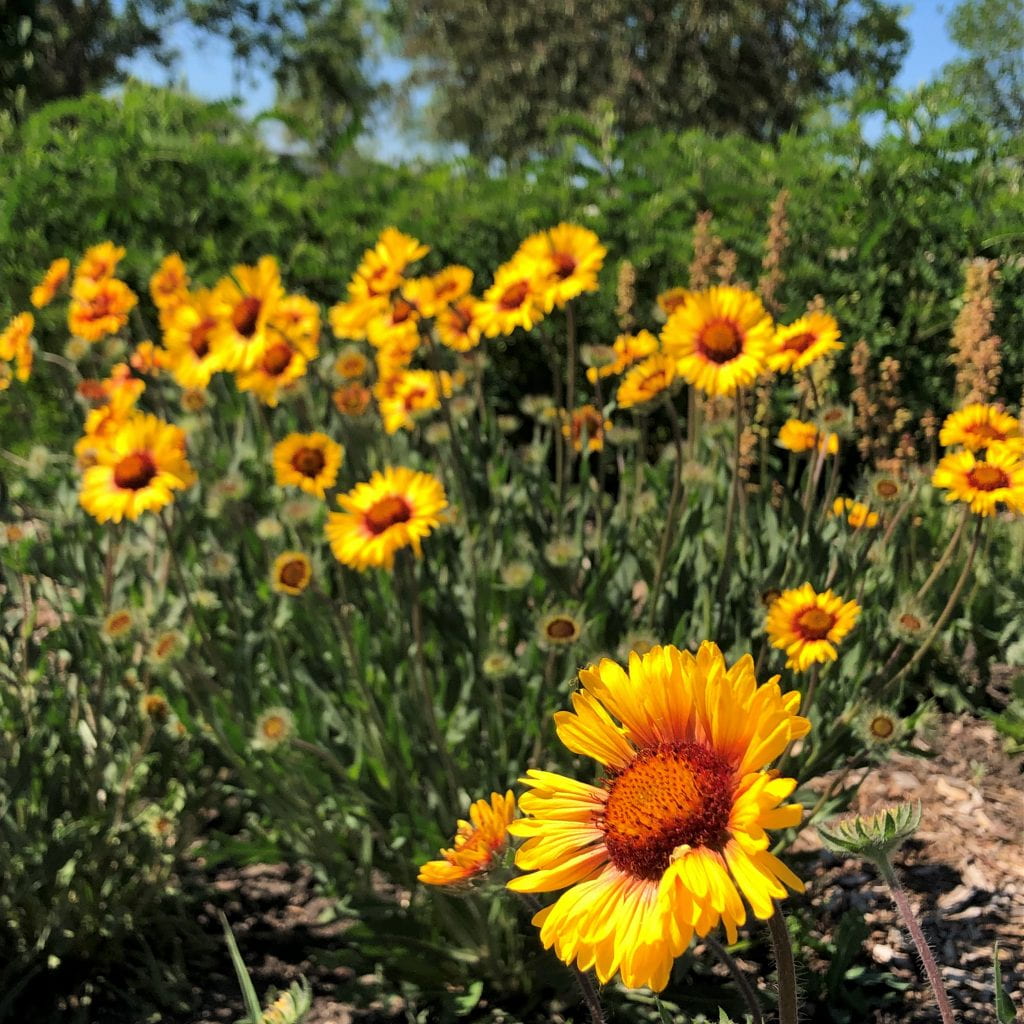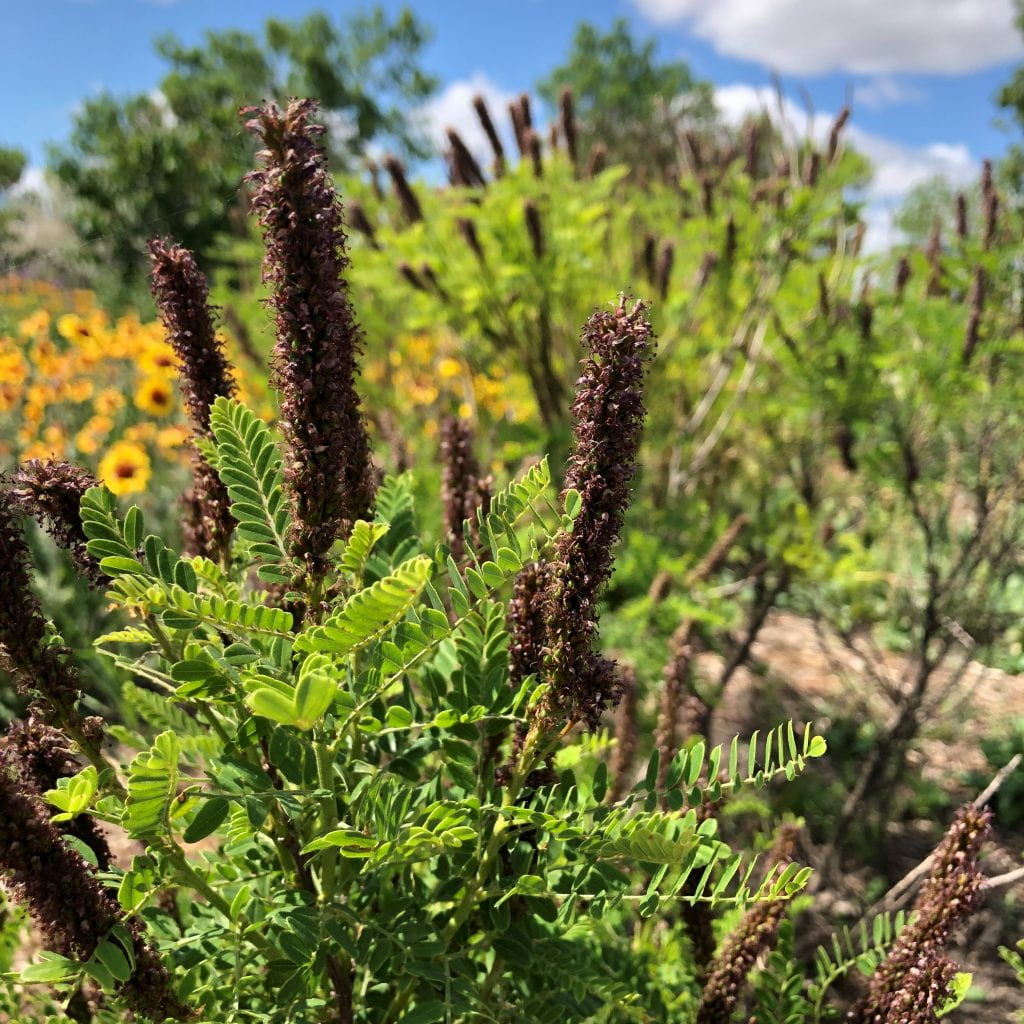The Bees Are Back!
We’ve partnered with Beeproject Apiaries for 4 years and we are excited to bring the fascinating world of honeybees, not the mention the delicious honey, back to Red River College*.
Meet the Bees!
Our busy, little buddies have settled nicely onto the rooftop of Building A at the Notre Dame Campus and we invite all students and staff to meet them at their summer residence. Space is limited so be sure to sign up.
Date: Wednesday, July 10th
Time: 12pm – 1pm
Location: Building A Rooftop – meeting details to follow
Aren’t able to Meet the Bees? Not to worry. Be sure to keep your eyes peeled for the Honey Extraction Workshop later this Summer!
Where do the Bees Come From?
RRC’s bees are European Honeybees. Honeybees aren’t native to North America, but have become vital to our ecosystem today. Similar to other pollinators such as wasps, butterflies and moths, when European Honeybees pollinate, they bring grains of pollen from one plant to another. This increases crop yields for plants that can’t self-pollinate or rely on wind to pollinate. Crops found around the Notre Dame Campus such as canola, barley and buckwheat benefit greatly from this process.
NDC Pollinator Garden
Because we feel that pollination so important, under the leadership of our Grounds Department, we’ve been working on a Pollinator Garden for all the pollinators. Having started the project in Spring of 2018 and completed it in Spring of 2019, we think the progress is pretty cool to look back on:
- July 2018: Pre-Pollinator Garden
- September 2018: Pollinator Garden Planted
- July 2019: Pollinator Garden in Full Bloom
The Pollinator Garden is located along the walking path on the South-East grounds of the Notre Dame Campus. The more diverse the garden, the more pollinators it can support! Here are a couple fun facts about some of the flowers you’ll see (from left to right):
- Harebell Flower
- Black-Eyed Susan
- Giant Hyssop
Harebell Flower | Campanula Rotundifolia: Producing bell-shaped flowers that bloom singly or in small clusters, this bluebell can be found in meadows, grasslands, rocky slopes, crevices, alpine areas and sandy shores.
Black-Eyed Susan | Rudbeckia Hirta: ‘Hirta’ means hairy, referencing the short bristles that cover the leaves and stems. Growing up to 3’ tall on stiff, upright, leafy stems, this flower attracts butterflies and birds the whole way up.
Giant Hyssop | Agastache Foeniculum: Not only is this flower a favourite with bees, butterflies and hummingbirds, its seeds attract goldfinches! You’ll want to put your nose up to this one to see if you can smell the faint fragrance of anise.
*In case you’re wondering, we couldn’t install hives on our PGI rooftop this summer because of construction.

